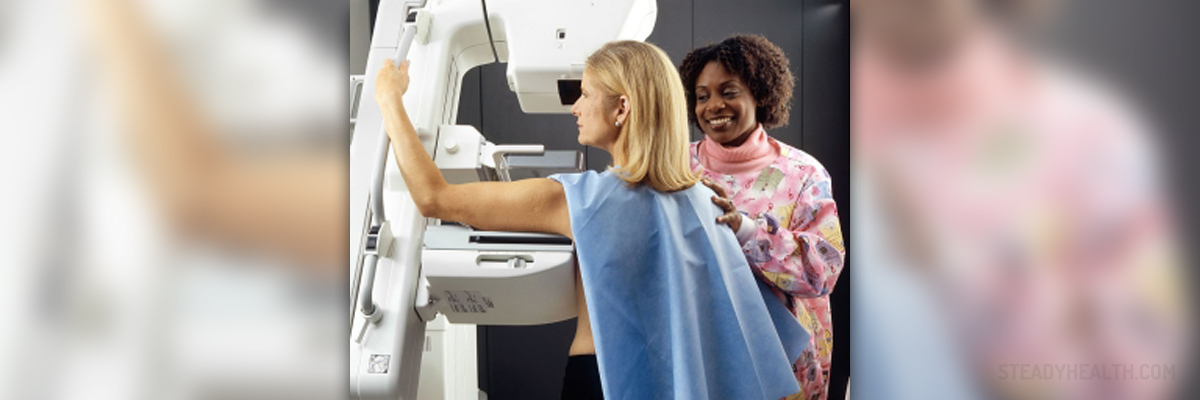
Breast exams and mammograms are the most effective ways to detect breast cancer in the early stages. A mammogram is a an X-ray exam that only targets breast tissue and uses less radiation. The lower dose ensures both that your health is protected, and that the sensitive breast tissue is best viewed. A mammogram looks for suspicious breast changes, including non-cancerous changes. These changes can be so small that they cannot be felt during a breast exam, and they do not have to cause physical symptoms such as pain. A mammogram is carried out by placing your breasts between the X-ray machine and a plastic plate. Your breasts are X-rayed one at a time, and both breasts are normally X-rayed twice to make sure an accurate picture is obtained.
Mammograms should not hurt, but can cause a little bit of discomfort. Mammograms can either be used as screening tests, or they can be carried out after you or your doctor have discovered a lump in your breast, to diagnose the problem. Mammograms cannot detect every breast lump, so they are combined with a clinical exam to get the most accurate results possible. If your screening mammogram has located a potential problem, undergoing a diagnostic mammogram may be the next step. The diagnostic mammogram can focus on the specific area of your breast in which the problem has been found, to take a closer look at it. An MRI scan, ultrasound, or a breast biopsy are also possible follow-up procedures.
So, who should have a mammogram and how often?Every woman who is over 40 should have a mammogram done, either annually or every two years. Women who have a family history of breast cancer and thus a heightened breast cancer risk may consider getting a mammogram earlier in life. If this applies to you, discuss the possibility with your family doctor. Your mammography facility should be certified by the Food and Drug Administration (FDA) if you live in the United States. It is true that X-rays involve radiation and can lead to cancer when performed excessively. The benefits of having a mammogram are widely understood to outweigh the possible side effects. Not every woman who benefits from the early detection of breast cancer through a mammogram will survive cancer, but the odds of surviving greatly increase if the cancer is found at its beginning stages.


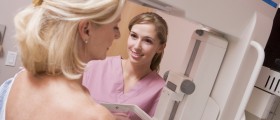
_f_280x120.jpg)
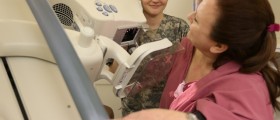
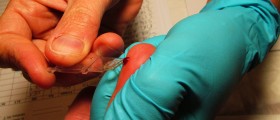
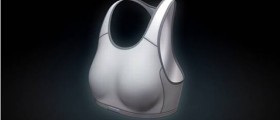


_f_280x120.jpg)


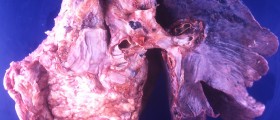

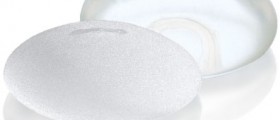

Your thoughts on this
Loading...